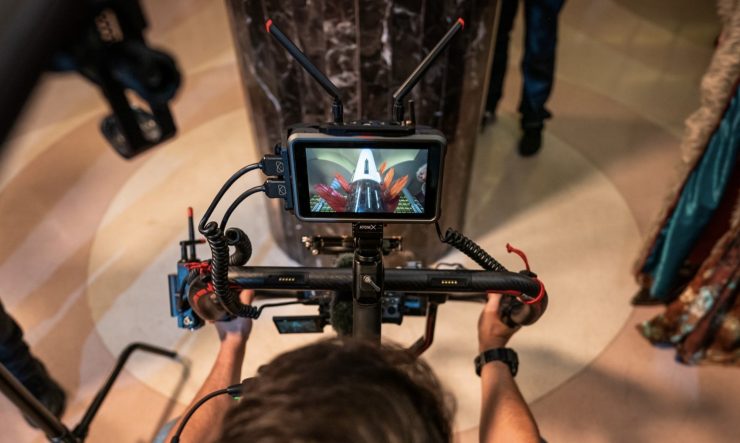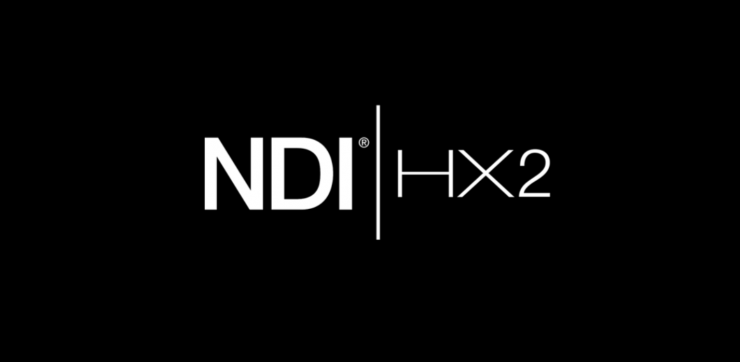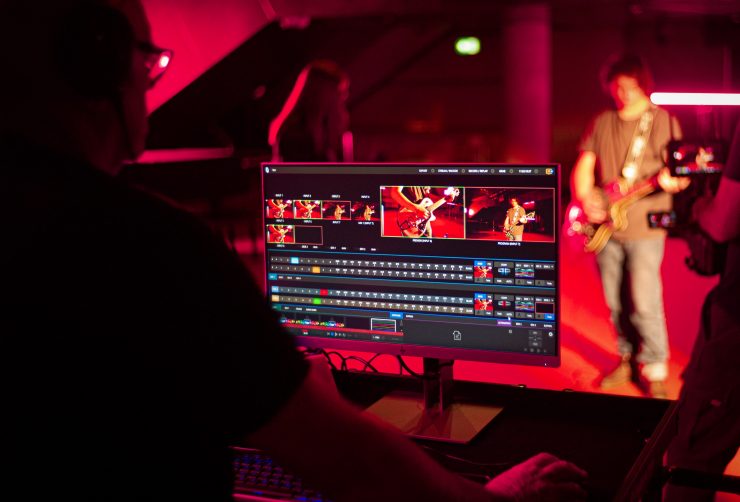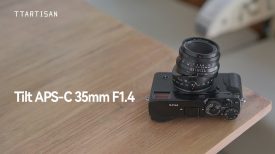Atomos has added NDI Support to its CONNECT Series. What this essentially means is that anyone who has a Ninja V or V+ fitted with an ATOMOS CONNECT, or a Shogun CONNECT, will be able to use either mobile (WiFi) or Ethernet NDI connectivity with a huge range of cameras.

Key features
- Transmit video over Wi-Fi or Ethernet network using the NDI protocol
- Record input and NDI stream output
- Supports NDI HX2 transmission up to 1080p60 with Shogun CONNECT and Ninja V+ with ATOMOS CONNECT (1080p30 for Ninja V and ATOMOS CONNECT)
- Recording available in Apple ProRes or Avid DNx codec
- Monitor the input on the Atomos screen
- Operate untethered using the Atomos device’s optional battery power
NDI is the default industry standard for IP production delivery and it offers a cost-effective alternative to SMPTE 2110. NDI is typically associated for use with gear like PTZ cameras that utilize fixed acquisition points. By enabling NDI on CONNECT devices it is possible to use almost any HDMI or SDI-equipped camera as a mobile NDI source. If you are not overly familiar with NDI (Network Device Interface), it is a video connectivity standard enabling IP video workflows across standard Ethernet networks. It allows video and audio sources to be shared bi-directionally across a network, eliminating the need for costly direct connections, expensive cable runs, and infrastructure upgrades while turning every source into a destination instantly available anywhere on the network.

The new NDI HX2 firmware update for the CONNECT series isn’t free, and it needs to be purchased for $/€99 from my.atomos.com. The paid firmware update supports NDI HX2 transmission up to 1080p60 with Shogun CONNECT and Ninja V+ with ATOMOS CONNECT (1080p30 for Ninja V+ and ATOMOS CONNECT), while simultaneously recording in Apple ProRes or Avid DNx.
How does it work?

Basically any camera or audio device can be connected by HDMI or SDI to the Atomos CONNECT series monitor recorder, and then connected to a local area network using either Wi-Fi or an ethernet cable. Once NDI is enabled to transmit, the video stream is available to any suitable device on the local area network sub-net. The NDI stream can then be viewed, recorded, or used as a source for OBS or a NewTek TriCaster, and then retransmitted as part of a larger production.





